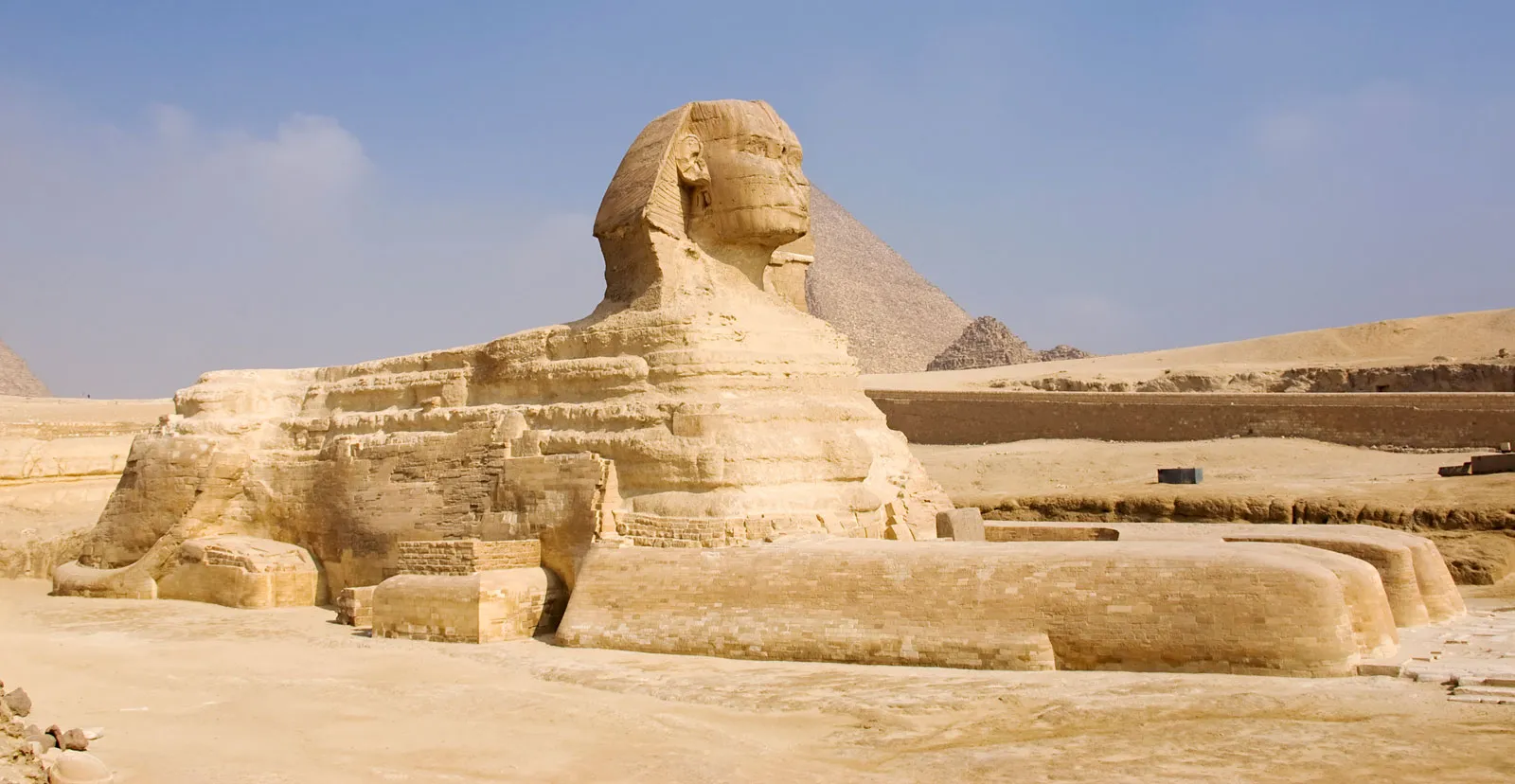New Discovery Presented in North Carolina May Reveal Lost Chamber Beneath Great Sphinx
CHARLOTTE, NORTH CAROLINA — A stunning new claim presented at a recent scientific conference in North Carolina may rewrite what we know about ancient Egypt. Researchers from the Khafre Research Project, led by Filippo Biondi, unveiled advanced tomography scans suggesting a massive underground chamber located nearly 600 meters beneath the Great Sphinx of Giza — and accessible through a previously unknown vertical shaft.
The announcement, made during the Cosmic Summit in Charlotte, has sparked global curiosity and speculation. While experts caution the data must be validated, early renderings and 3D models shared during the summit drew sharp attention from both archaeologists and historical theorists.
What the New Scans Show
According to presentation materials and imaging visuals captured during the summit, high-resolution subterranean scans identified unusual voids and chamber-like structures directly beneath the Sphinx.
One particular area — highlighted as “Tag 30” in the display — features a large geometric space, disconnected from previously known tunnels or passages. Another segment indicates a vertical shaft descending deep beneath the Sphinx’s paws, an element not previously charted by Egyptologists.
The team suggested this structure could be linked to ancient texts or legends — particularly the so-called “Hall of Records.”
Could This Be the Mythical ‘Hall of Records’?
The “Hall of Records” is a controversial subject in historical circles. Described most famously by mystic Edgar Cayce, it’s said to house lost knowledge from the ancient world, preserved somewhere near the Great Pyramid or the Sphinx.
Until now, the Hall has been treated as mythology — no credible evidence ever confirmed its existence. However, Biondi’s team presented this chamber discovery as potential physical support for such claims.
“We are not declaring we’ve found the Hall of Records,” a presenter emphasized during the session, “but what we’ve documented beneath the Sphinx could support ancient references that science has long overlooked.”
Global Interest, But Scientific Caution
Despite the excitement, mainstream archaeologists are urging restraint. Many note that Egypt’s Supreme Council of Antiquities has not yet reviewed or approved the scans or their interpretations.
Still, images from the summit have already circulated across scientific forums and social media. The new tomography technique, combining electromagnetic pulses and seismic reflection imaging, is being hailed as one of the most promising tools in non-invasive archaeology.
“If these findings hold up under peer review, it could be one of the biggest discoveries in the study of ancient Egypt this century,” said one historian.
Charlotte’s Unexpected Role in the Announcement
The revelation was made in North Carolina, far from the sands of Giza, during the Cosmic Summit — an annual event that draws researchers, skeptics, and science enthusiasts alike. This year’s summit featured sessions on ancient civilizations, unexplained artifacts, and cutting-edge technologies in archaeology.
Attendees left the room buzzing after the presentation. “It’s wild to think something this important may have been under our noses — or rather, the Sphinx’s — all along,” one attendee posted.
Next Steps: Excavation or Myth Busting?
As the news spreads, pressure is mounting on Egyptian authorities and global archaeological institutions to review the imaging data and possibly greenlight a new investigation beneath the Sphinx.
Filippo Biondi and the Khafre Project have stated they will release full scan datasets and their methodology for independent analysis in the coming weeks.
“We don’t need to break ground yet,” Biondi told participants, “but the ground may already be speaking to us.”
Do you believe the Hall of Records might actually exist? Should Egypt allow deeper exploration beneath the Sphinx? Share your thoughts with us at SaludaStandard-Sentinel.com.







